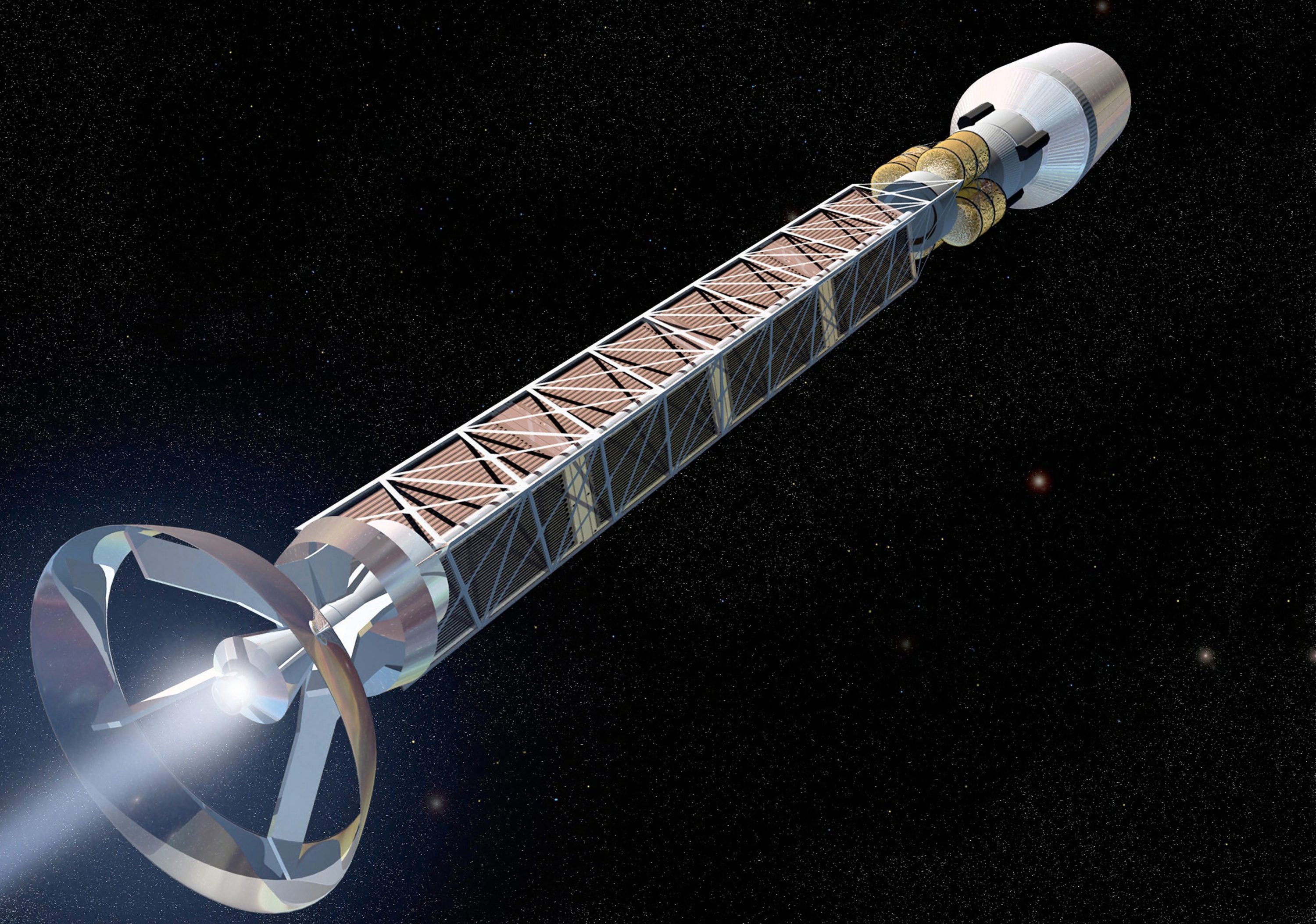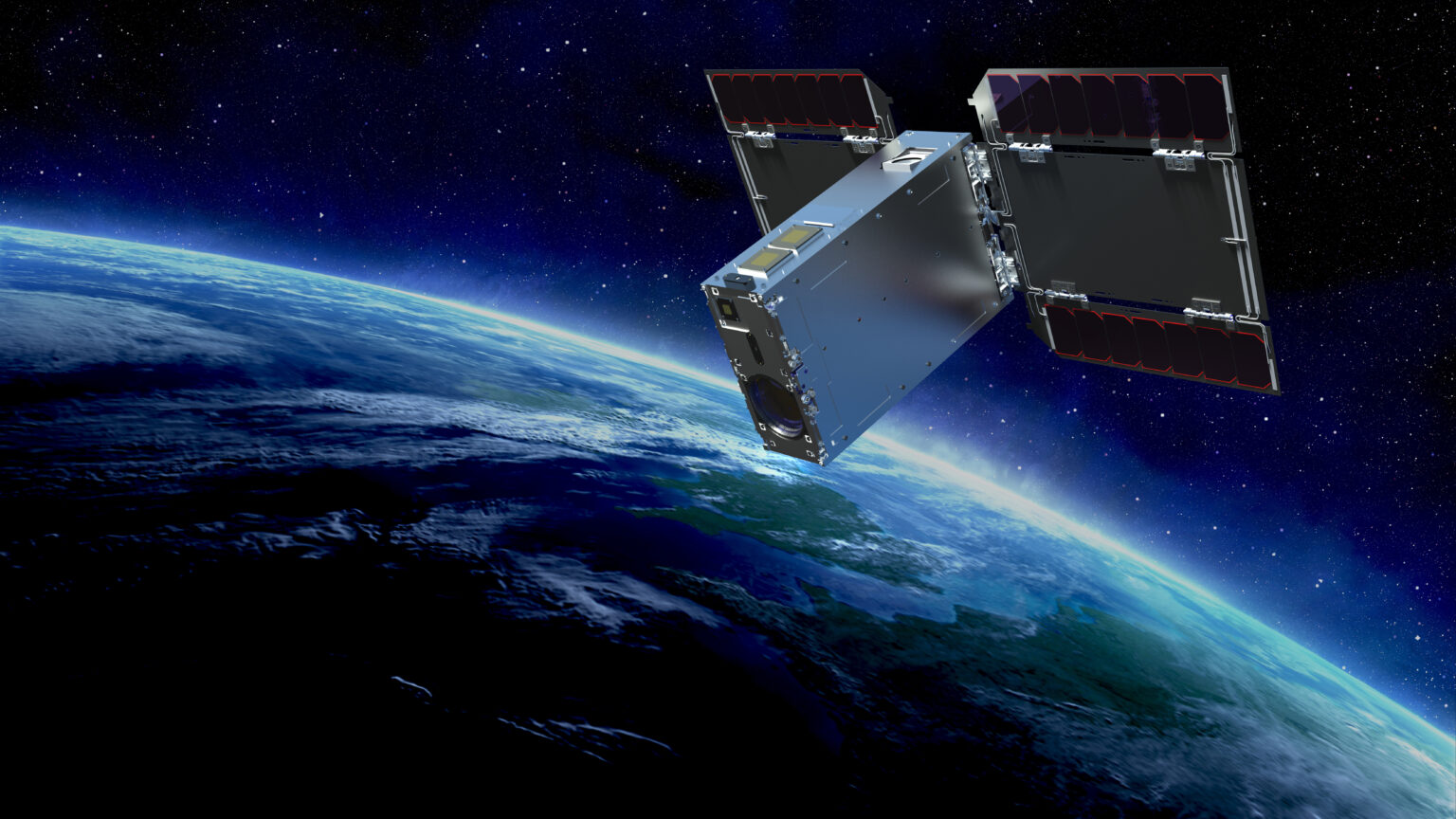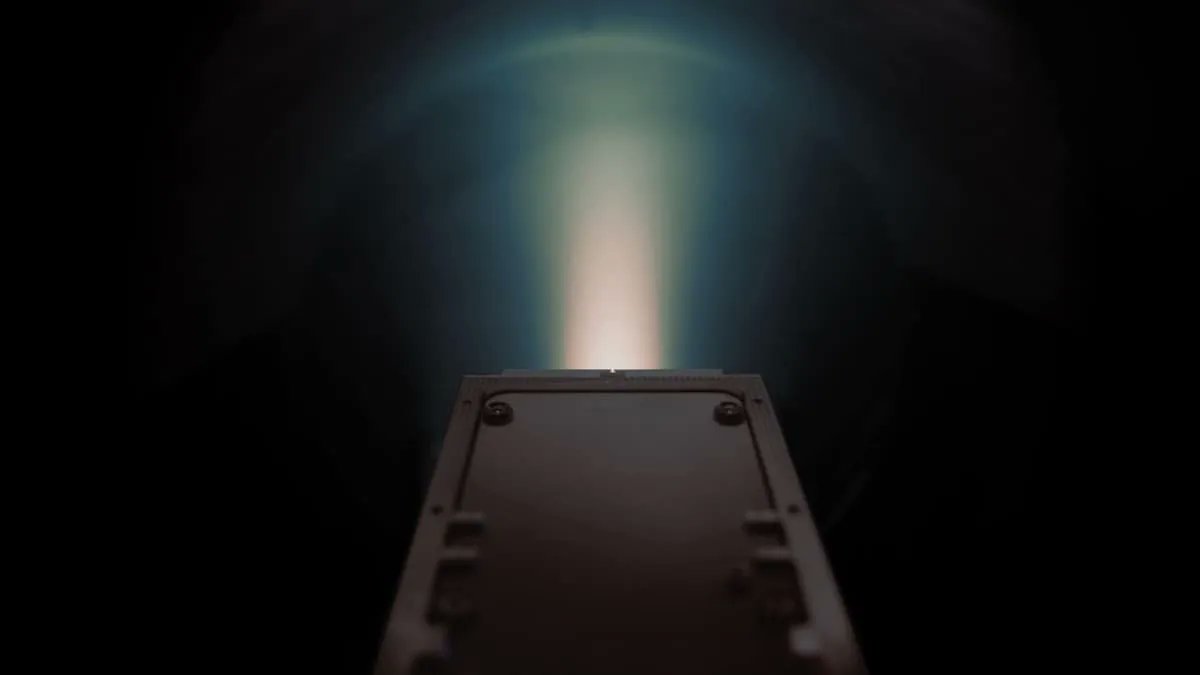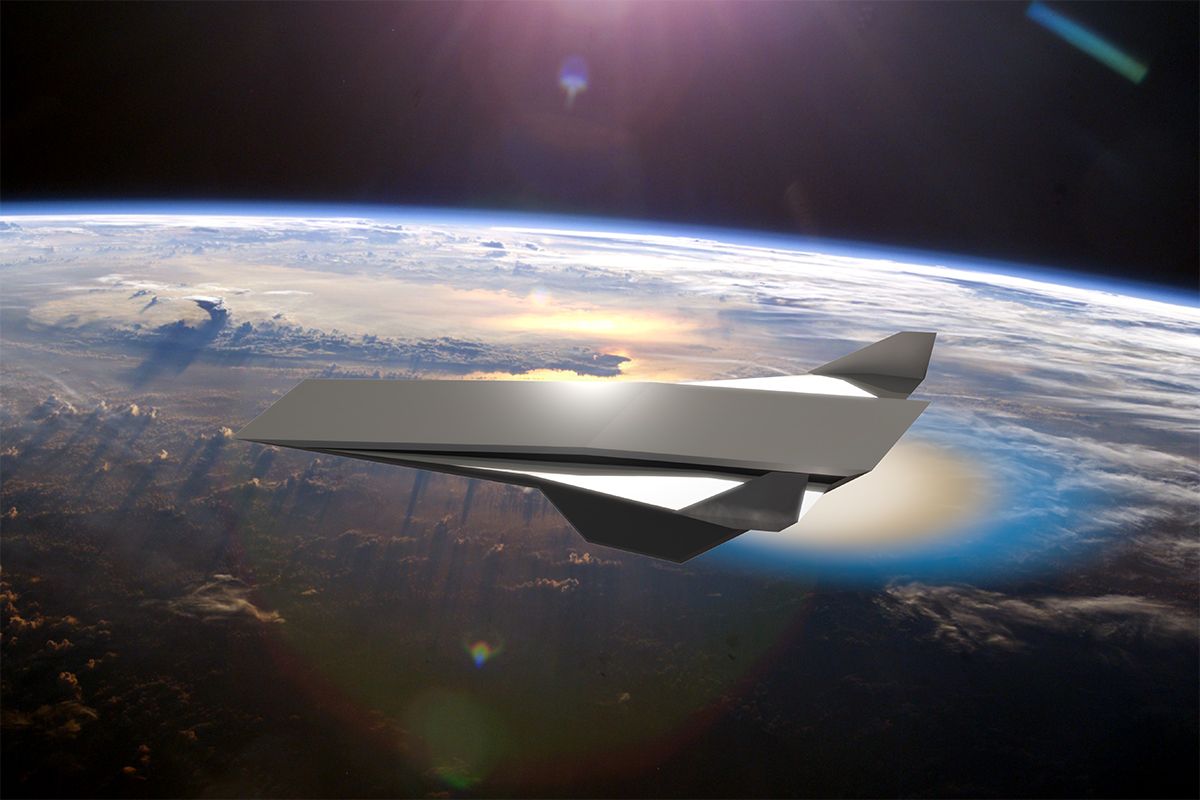Getting places in space quickly has been the goal of propulsion research for a long time. Rockets, our most common means of doing so, are great for providing lots of force but extraordinarily inefficient. Other options like electric propulsion and solar sailing are efficient but offer measly amounts of force, albeit for a long time. So scientists have long dreamed of a third method of propulsion – one that could provide enough force over a long enough time to power a crewed mission to another star in a single human lifetime. And that could theoretically happen using one of the rarest substances in the universe – antimatter.
Continue reading “Antimatter Propulsion Is Still Far Away, But It Could Change Everything”CubeSat Propulsion Technologies are Taking Off

CubeSats are becoming ever more popular, with around 2,400 total launched so far. However, the small size limits their options for fundamental space exploration technologies, including propulsion. They become even more critical when mission planners design missions that require them to travel to other planets or even asteroids. A team from Khalifa University of Science and Technology in Abu Dhabi recently released a review of the different Cubesat propulsion technologies currently available – let’s look at their advantages and disadvantages.
Continue reading “CubeSat Propulsion Technologies are Taking Off”Pale Blue Successfully Operates its Water-Based Propulsion System in Orbit
New in-space propulsion techniques seem to be popping out of the woodwork. The level of innovation behind moving things around in space is astounding, and now a company from Japan has just hit a significant milestone. Pale Blue, which I assumed was named as a nod to a beloved Carl Sagan book, recently successfully tested their in-orbit water-based propulsion system, adding yet another safe, affordable propulsion system to satellite designers’ repertoires.
Continue reading “Pale Blue Successfully Operates its Water-Based Propulsion System in Orbit”Company Tests Iodine Thruster in Space for the First Time
Ion thrusters have played second fiddle to chemical rockets for most of the history of space exploration. Part of that is because of their inability to launch payloads into orbit. But in space, their high thrust-to-weight ratio has plenty of appeal. Other features have held the technology back, including the difficulty of working with the thruster’s fuel source – xenon. Now, a team of engineers and scientists from ThrustMe, a French start-up that focuses on developing advanced propulsions systems, have developed an ion thruster that works on an entirely new and much easier to use material – iodine.
Continue reading “Company Tests Iodine Thruster in Space for the First Time”Aircraft Could fly at Mach 17 on Shockwaves From Continuous Detonations
Ever felt the need to get somewhere really, really quickly? Would Mach 17 work? That’s the speed a new prototype engine from researchers at the University of Central Florida (UCF) could potentially hurl an aircraft through the skies, making a trip from New York to Los Angeles in under half an hour. At the heart of this new technology is a new propulsion technology that stabilizes detonations and then uses their shockwaves to provide hypersonic propulsion to an aircraft.
c



